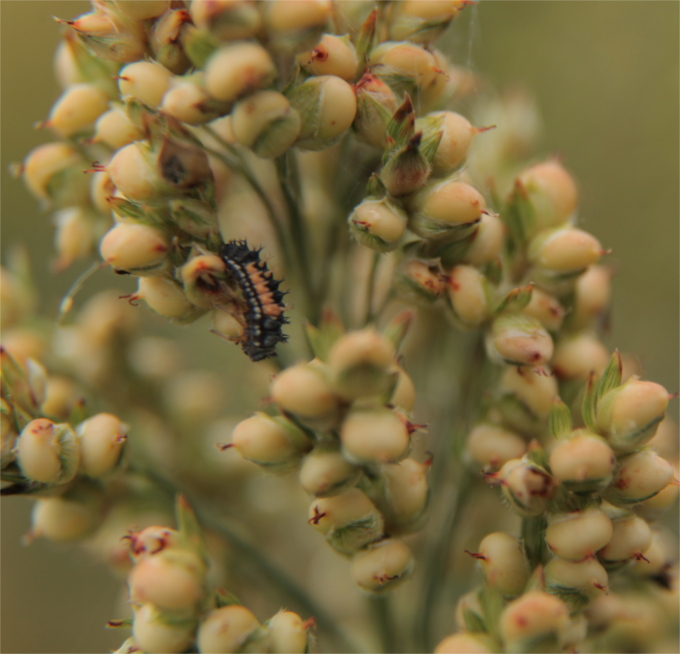While last month I wrote about sustainability focusing on carbon intensity and systems such as the Low Carbon Fuel Standard that reward farmers for low CO2 emissions, another aspect of sustainability with practical implications for farmers is the environmental regulatory climate.
On October 1, 2007, the U.S. Environmental Protection Agency (EPA) began a new 15-year pesticide review period during which the EPA will evaluate all pesticides and determine if it will re-register each. The review includes chemicals commonly used to control weeds and other pests in sorghum and other crops.
The most notable chemical currently under review and bringing the 15-year re-registration process to the stage is atrazine. Atrazine is the most common herbicide used in sorghum and corn, and many regard it to be one of the safest and most studied herbicides in existence. The review for atrazine began in 2013, but the results of the EPA’s assessments on the herbicide have only recently been made public.
As a result, you may have seen headlines on atrazine recently. Many of these headlines pertain to the EPA’s alleged findings that atrazine can cause serious harm to plants and animals—in particular amphibians. If these findings are an indication of future EPA actions on herbicides, farmers may see their most valuable tools removed from the market before the end of the decade.
Approximately 80 pesticides are scheduled to be reviewed in fiscal year 2016, including popular Sorghum Belt herbicides dicamba, dimethenamid and acetochlor. It is important to remember all chemicals will be reviewed by October 1, 2022, so your favorite chemical will be evaluated by the EPA sooner rather than later.
What can you do to ensure U.S. farmers have the tools necessary to grow crops, make a living and be successful?
It may seem as though production agriculture has never had a weaker voice. However, the power of grassroots in the U.S. has never been more pronounced. Organic, populist movements are reshaping the American political landscape, and we have a unique opportunity to harness this power for the good of farmers and consumers here and abroad.
Take the Renewable Fuel Standard for example. The EPA received 344,947 public comments on its 2014 proposal, and this unexpected outpouring of concern from farm country successfully changed the debate. When the EPA re-proposed the 2014 standards, the agency received a staggering 675,670 comments. The level of engagement necessary for change is not unattainable for U.S. agriculture.
The next decade will be pivotal for this industry. Pesticide reviews will take place over the next seven years, and engagement on this issue will be vitally important. Many of the chemicals that give farmers in the U.S. a significant competitive advantage are no longer available in Europe and elsewhere. Those farmers missed their opportunity to engage.
Remember, you are a part of the most efficient and responsible agricultural sector in the world. Become engaged in telling that story.
Chris's columns appear in Kansas Farmer magazine monthly. You can view this column published in the online edition here.

